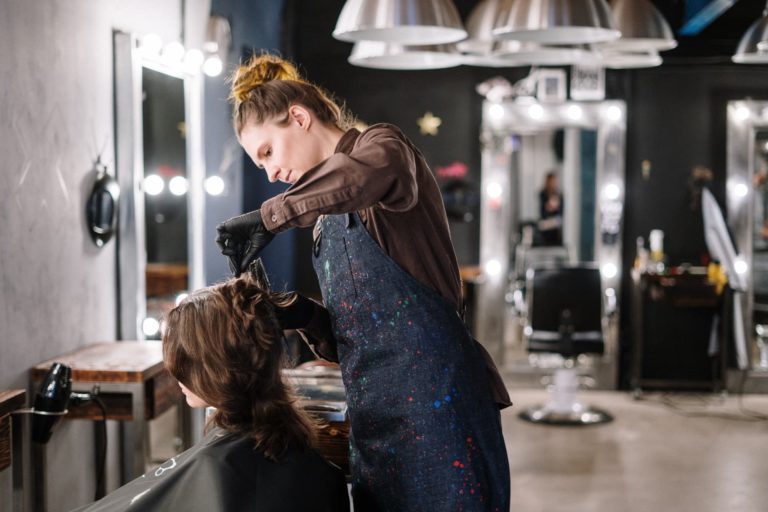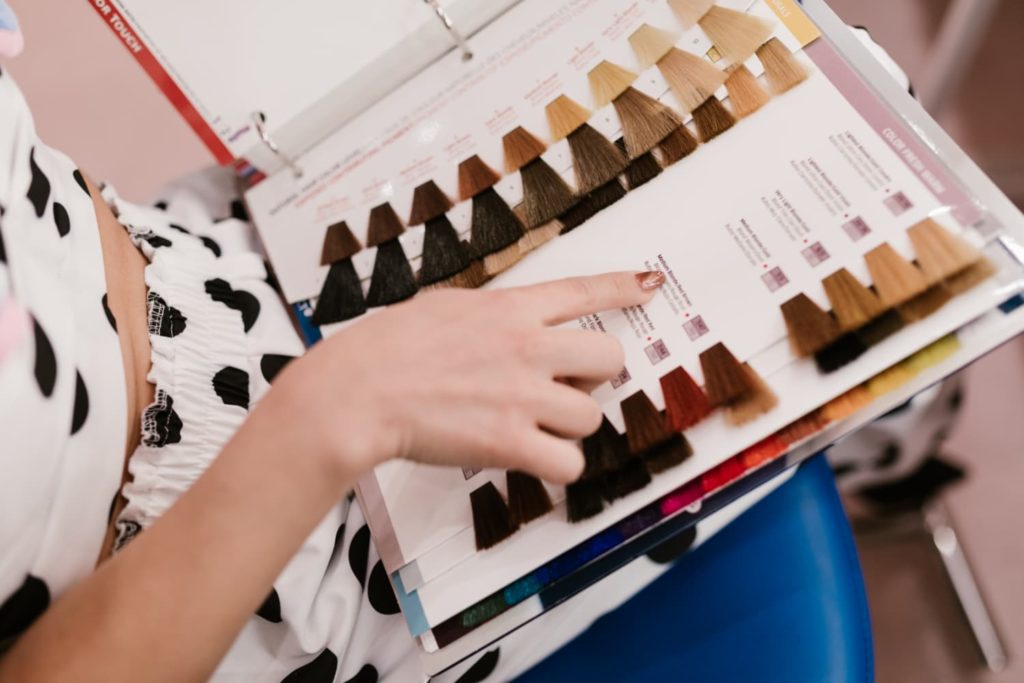Stylists should study and have a full understanding of hair design because they will be better able to understand why a hairstyle will or will not work for a client, they will acquire helpful guidelines to assist in building a styling vision, and they will be able to produce cuts and design that will hide ugly traits and emphasize good ones.
Principles Of Hair
The following are the top five principles for hair design: proportion, balance, rhythm, form and harmony.
- Proportion – Regardless of the body type, a general rule for classic proportion is that the hair should not be wider than the shoulders.
- Balance – establishing proportions that are equal or suitable to achieve symmetry. Balance can be symmetrical or asymmetrical. When an imaginary line is drawn through the middle of the face, the two sides should create a mirror image. This is known as symmetrical balance. When the two hypothetical halves of a hairdo are positioned unevenly yet have equal visual weight, this is known as asymmetrical balance.
- Rhythm – the regular pulse of a recurring movement pattern in a design; for example, tight curls pulse quickly, while extended waves pulse slowly.
- Focus – is what attracts the viewer’s attention before moving on to the rest of the design
- Harmony – A form with fascinating lines, balance, and rhythm that support the design are all characteristics of a harmonious design.
Hair Design Elements
The five elements of hair design are: line, form, space, texture, and color.
Line – defines form and space
- Horizontal lines, which extend in the same direction and maintain a constant distance apart, give a hairstyle breadth.
- Vertical lines in a hairstyle can add height and length.
- Between horizontal and vertical, diagonal lines can be utilized to draw attention to or away from face features.
- Curved lines soften a design by moving in a round or circular pattern.
Form
Form is another word for volume and refers to the bulk or overall shape of a hairdo. Simple forms are typically the best and more aesthetically pleasing.
Space
Space is the region around a form or the area the hairstyle occupies; the space may contain curls, waves, curves, straight hair, or any combination of these.
Design Texture
Design Texture refers to the wave forms that should be considered when creating a style.
Hair Color
Hair color may assist define texture and line, can expand or reduce portions of a design, and can connect various design elements.

